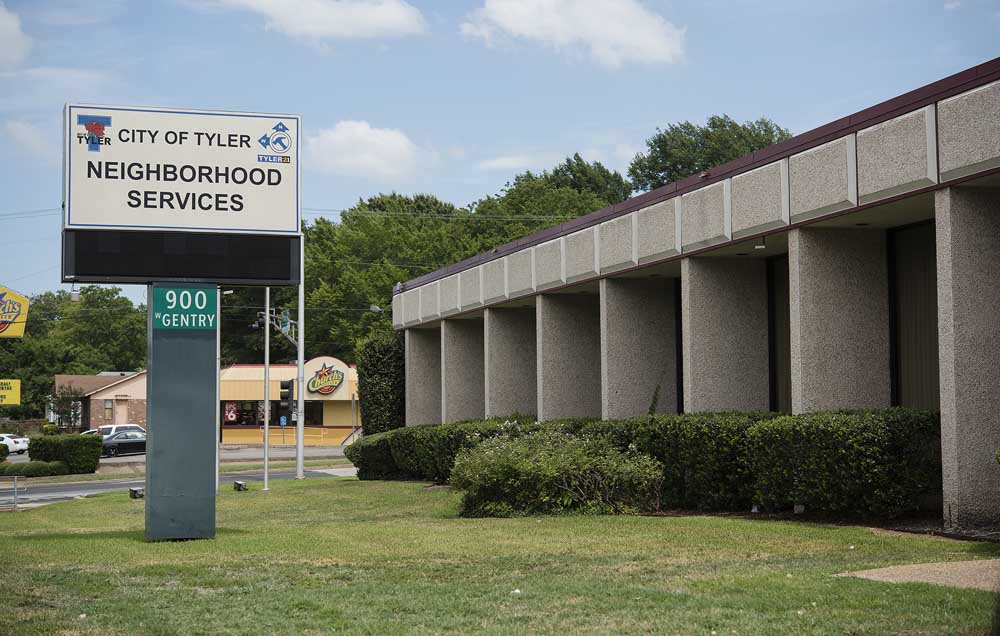Narcissus, a native of Europe, thrives throughout the South
Published 9:34 pm Wednesday, January 4, 2017

- Greg Grant
My paperwhites (Narcissus tazetta papyraceus), double Chinese sacred lilies (Narcissus tazetta orientalis “Romanus” and dainty little Narcissus cantabricus are in bloom. Perhaps no floral symbol epitomizes the impending arrival of a Southern spring as does the blooming of our assorted Narcissus species.
The word “narcissus” is derived from the Greek word narke, meaning numbness or stupor. Some attribute the naming of the flower to its narcotic fragrance while others debate that it is associated with the poisonous nature of the bulbs, a built-in defense against nibbling rodents. In classical mythology, it was the young lad Narcissus who was so enamored with himself that he stared at his reflection in a pool of water until he eventually turned into his namesake flower. I’ve been in a stupor for them all my life as well.
Most narcissus species are natives of southern France, Spain and the surrounding Mediterranean areas. This explains their love of our dry summers and wet winters. Many species of narcissus have been cultivated for hundreds, even thousands of years.
Without exception the most common species found growing throughout Texas today were brought over from Europe by the early colonists and distributed westward by settlers from the East. Invariably, the naturalized types found growing with reckless abandon throughout the state are mostly wild species or natural hybrids. The word naturalize is just a nice term for “run amuck” or “go wild.” It’s one step past a perennial, which simply means returns each year. There’s no substituting for wild genetic vigor in any plant. As a matter of fact, it’s difficult to find any old homestead in the South that doesn’t have at least one of the “big three” – jonquils, narcissus or daffodils – still thriving on site.
What’s the difference between jonquils, narcissus and daffodils, you ask? It’s an age-old question. Botanically speaking, they’re all different species of the genus Narcissus. To the average gardener, however, the differences are fairly distinct.
The common name narcissus usually refers to the early blooming, white, powerfully fragrant, cluster-flowered cultivars of Narcissus tazetta. This includes, but is not limited to, what we commonly call paperwhites (Narcissus tazetta papyraceus). Heavy blooming stands of paperwhites are limited to areas near the coast or other protected microclimates due to their extremely early bloom time (often as early as Thanksgiving and Christmas). They are common here, too, but often have their blooms frozen and their foliage nipped. Traditionally, they would be picked and brought inside before the “blue norther” got them. Narcissus are common throughout the southern half of Texas, especially along the Gulf Coast.
Narcissus tazetta italicus is also frequently encountered. It has slightly twisted, creamy white flowers with a pale yellow cup. Like all narcissus, it blooms best during a mild winter, generally from mid-January to mid-February.
Throughout the rest of the state, the most common form encountered is Narcissus tazetta “Grand Primo Citronier.” Its widespread adaptability is due to the fact that it’s the latest blooming narcissus, usually between mid-February and early March. It has big bold clusters of powerfully sweet, creamy-white blossoms, which make excellent cut flowers. All narcissus have wide flattened, green foliage, with the exception of paperwhites, which are blue-gray.
True jonquils (Narcissus jonquilla) have dark green, round, rush-like leaves and a cluster of small, fragrant, early yellow blossoms. Almost all yellow-cluster flowered narcissus are lumped into this group, including jonquil hybrids. Jonquils and their kin are most common in East Texas. Even more common than the straight species, which often spreads by seed, is the campernelle jonquil (Narcissus x odorus), a natural hybrid between the wild jonquil and the wild daffodil. It’s normally sterile and only grows where you plant it. It’s a bigger plant with two to three large, fragrant yellow jonquils above big jonquil foliage, which is slightly flattened and has a bluish gray cast. Also frequently found is the “Texas Star” jonquil (Narcissus x intermedius), a natural hybrid between the wild jonquil and the wild narcissus. It has short, pale yellow flowers above very flattened, green jonquil foliage. It was painted by the great French botanical artist, Redoute, in the early 1800s.
The name daffodil is reserved for the large, normally yellow, single trumpet-flowered cultivars of Narcissus pseudonarcissus. Without a doubt, modern, large flowered daffodils are the most popular type of narcissus planted today. Daffodils are more common here in our acidic, well-drained soils of East Texas. Although big daffodils are most commonly planted, they happen to be the least adapted for naturalizing. The most common naturalized form found is the wild species known as “the Lent lily.” It’s considerably smaller and earlier than its modern cousins, with pale yellow petals around a gold cup. And like all daffodils, it has thick, flattened, blue-gray foliage. It’s also much tougher and adapted than its larger, showier kin. It, too, can spread by seed on good soils.
Without exception, the best types of narcissus for perennializing and naturalizing are the early blooming species and hybrids. In addition to their early bloom, they tend to be cluster or small-flowered. This early bloom (January through March) ensures that the foliage can mature before mowing begins or hot weather sets in, which sends the foliage into dormancy prematurely.
It’s extremely critical for successful perennialization or naturalization that the foliage be allowed to grow, mature and ripen naturally. This means it should never be cut off or tied in cute little knots. Each year’s foliage stores up the food reserves for the next year’s bloom.
Thankfully, the Smith County Master Gardeners will have a number of these historic favorites available at their fall bulb sale. Most are rarely encountered in today’s bulb trade, which is dominated by mass marketing by the Dutch. Unfortunately Texas is nothing like Holland.
Greg Grant is the Smith County horticulturist for the Texas A&M AgriLife Extension Service. You can follow him on Facebook at Greg Grant Gardens, read his “Greg’s Ramblings” blog at arborgate.comtexasgardener.comhttp://smith.agrilife.org.






